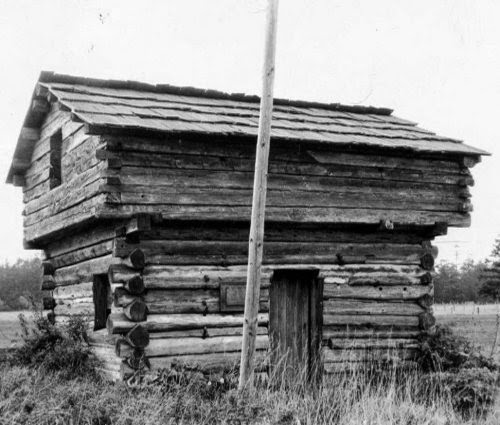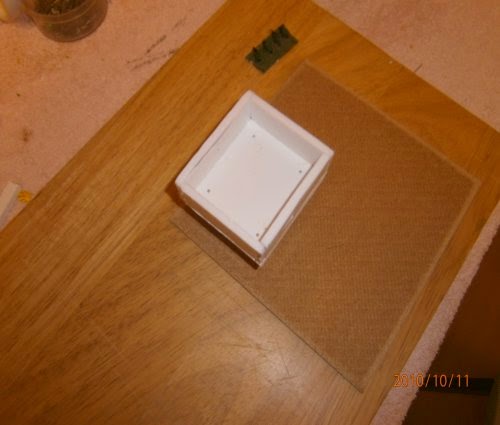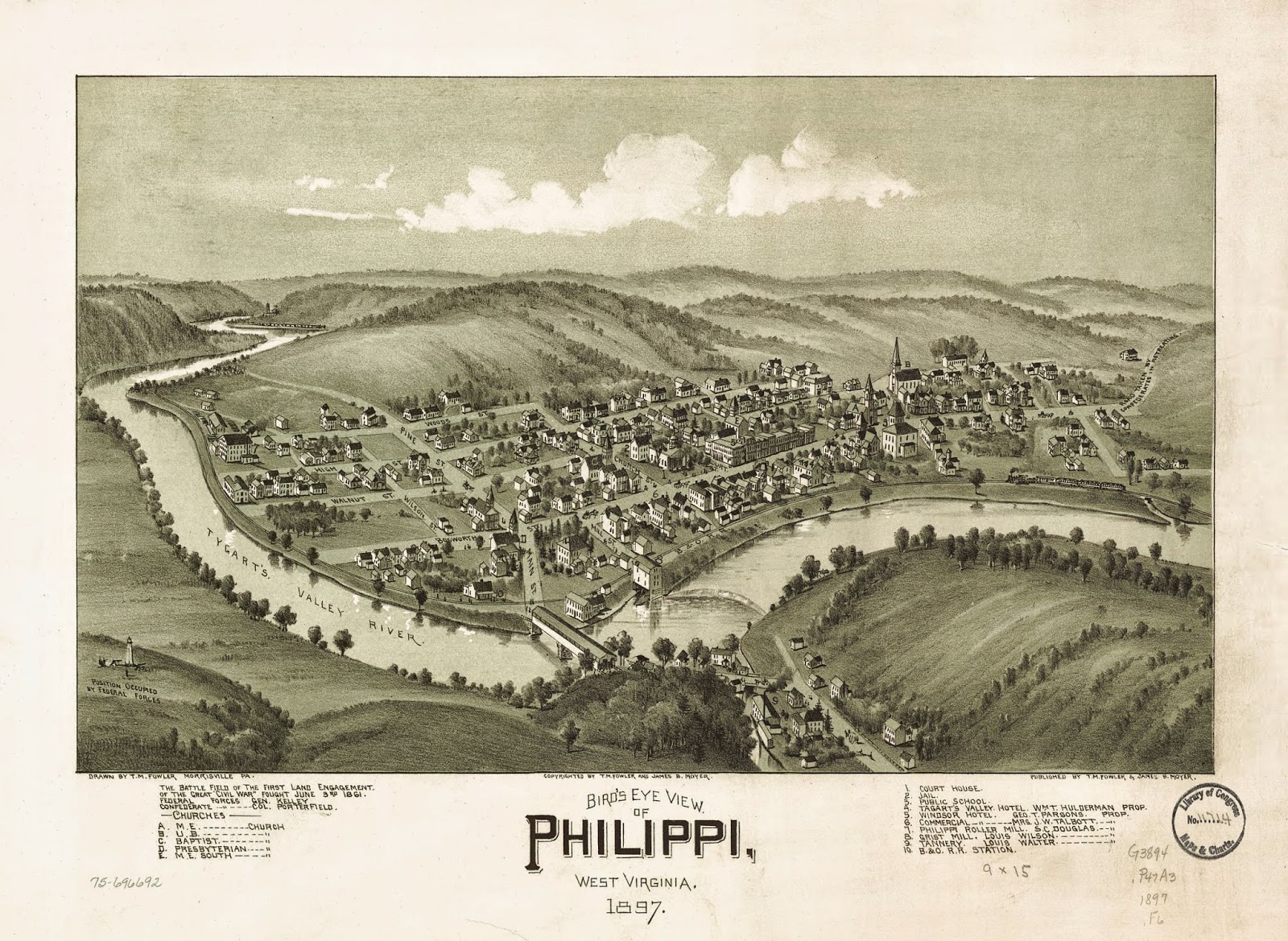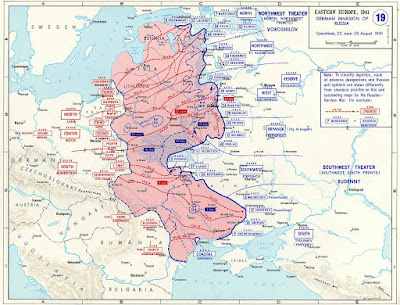Welcome to my world of 10mm Wargaming I am intending to use these pages to document my ongoing wargaming projects, and the various rules i use. I hope, you may find them interesting. And even possibly learn something from them, even if its only, how not to do things
3 Dec 2012
Making American Civil War Blockhouse
Below is a tutorial on Making American Civil War Blockhouse (ACW). A very good friend of mine from the Grimsby Wargames Society built an American Civil War (ACW) blockhouse for his 15mm figures and so inspired me I just had to build one for my own 10mm figures.
ACW Blockhouse
Making ACW Blockhouse
1. The first step is to cut your bases to the desired size either using MDF or hardboard in my case I used hardboard and cut it to 6 inch wide by 6 inch long once you have cut your bases to the desired size you then want to proceed to rasp the edges to give it a smoother appearance.
2. The next phase is the glue the tiles spaces on to the hardboard using a glue gun at edges of the base.
3. The next step is to texture your base. I have done tutorial on basing.
4. Then using foam board I cut the basic shape for the blockhouse which consisted of two basic squares the first being 2 1/2 inches long and the height was 1 inch the second square was 2 inches long and 1 inch high I then glued and pinned the two squares together.
5. Once the foam board had dried I then cut up the reed window blind to fit around the top square of the blockhouse which was glued in place with PVA
6. On the lower square I cut strips of cardboard to imitate wood planking and also made a small cardboard door
7. The reed window blind was cut to appropriate lengths to be glued to the tile spaces to make fencing.
8. The main building and the fences were painted in Humbrol No. 67 Tank Grey and dry brushed with Humbrol No. 160 German Camouflage Red Brown.
Tools
Pencil
Tape measure
Wood saw
Rasp
Paintbrushes
Glue Gun
Materials
Hardboard
Polycell Textured Ceilings Course Effect
Ronseal Diamond Hard Varnish, matt clear
Noch Summer Meadow Grass
PVA
Foam Board
Cardboard
Reed Window Blind
Tile Spaces
Humbrol Colours
Humbrol No. 110 Natural Wood
Humbrol No. 103 Cream
Humbrol No. 67 Tank Grey
Humbrol No. 160 German Camouflage Red Brown
20 Sept 2012
The Battle of Philippi
The Battle of Philippi also known as The Philippi Races 3 June 1861. Union, under Colonels Benjamin Franklin Kelley and Frederick W. Lander, 3,000. Killed, 2, wounded 2, missing 2. Confederate, under Col. George A. Porterfield, numbers not reported. Killed, 16 wounded, unknown missing 26.
In conformity with our plan we proceed to narrate the progress of battles in the order of their succession, which carries us, in rapid transition, from one portion of the country to another, and brings each action vividly before the eye as it transpires. The most important engagement, after the fighting in the streets of Baltimore, the occupation of Annapolis and Alexandria, and the attacks of the enemy's batteries on Aquia Creek, was that at Philippi, in Western Virginia, on the 3 June 1861. The Union forces, under the command of Brigadier General Thomas A. Morris, were in the possession of Grafton. The rebels were at Philippi, under Colonel George A. Porterfield. Having determined to send out an expedition to surprise them, it was organized in two divisions one, consisting of the First Virginia Regiment, and the Ninth and Sixteenth Ohio, under the command of Colonel Benjamin Franklin Kelley the other, of the Sixth and Seventh Indiana, the Fourteenth Ohio, and a section of artillery, under the combined command of Colonels Ebenezer Dumont and Frederick W. Lander. They set out on their march in a terrific storm, through an unexplored and uneven country, on the night of the 2d of June. At four o'clock in the morning. Frederick W. Lander, who was to attack the enemy in front, took up his position across the river on a hill commanding the town. Benjamin Franklin Kelley was to attack them in rear. The plan matured at headquarters failed in its execution. Benjamin Franklin Kelley was impeded in his march of twenty-two miles by roads rendered almost impassable by the darkness of the night and the violence of the storm. On arriving, he found the town aroused instead of surprised, and Frederick W. Lander already engaged with the enemy. To add to the discomfiture caused by the lateness of his force, it came up in the wrong direction. Recovering from this error, however, it charged upon the enemy's encampments with improved promptness and great gallantry. Frederick W. Lander's batteries had in the mean time done terrible execution. Suddenly, while Benjamin Franklin Kelley was pressing them closely, he came down the hill like a thunderbolt, and joined iii the pursuit of the enemy. In this action Colonel Benjamin Franklin Kelley was severely wounded. Sixteen of the rebels were killed several wounded and taken prisoners, and a large quantity of camp equipage, arms, etc., were captured.
Orders of Battle
Confederate Commander-in-chief George A. Porterfield
1st Brigade, under the command of
1 x Confederate Infantry Regiment
1 x Confederate Infantry Regiment
2nd Brigade, under the command of
1 x Confederate Infantry Regiment
1 x Confederate Infantry Regiment
1 x Artillery
Union Commander-in-chief Thomas A. Morris
1st Brigade, under the command of Colonel Benjamin Franklin Kelley
1st Virginia Regiment
9th Ohio Infantry Regiment
16th Ohio Infantry Regiment
2nd Brigade, under the command of Colonels Ebenezer Dumont and Frederick W. Lander
6th Indiana Infantry Regiment
7th Indiana Infantry Regiment
14th Ohio Infantry Regiment
1 x Artillery
Download This Scenario
The Battle of Philippi
How it Played
Sources
14 Sept 2012
Southern Front
The Southern Front was a roughly Army group sized formation of the Soviet Army during the Second World War. The Southern Front directed military operations during the Soviet occupation of Bessarabia and Northern Bukovina in 1940, and then was formed twice after the June 1941 German invasion, Operation Barbarossa.
Active 1940 to
Commanders
Army General Ivan Tyulenev, 21 June 1941 to 20 August 1941
 |
| Ivan Tyulenev |
Lieutenant General Dmitry Ryabyshev, 30 August 1941 to 5 October 1941
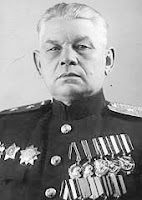 |
| Dmitry Ryabyshev |
Colonel General Yakov Cherevichenko, 5 October 1941 to December 1941
 |
| Yakov Cherevichenko |
Lieutenant General Rodion Malinovsky, December 1941 to 28 June 1942
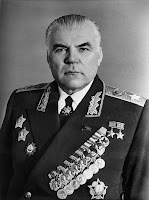 |
| Rodion Malinovsky |
Colonel-General Andrei Yeremenko, 1 January 1943 to 2 February 1943
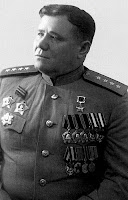 |
| Andrei Yeremenko |
Lieutenant General Rodion Malinovsky, 2 February 1943 to 22 March 1943
 |
| Rodion Malinovsky |
Colonel General Fyodor Tolbukhin, 22 March 1943 to 20 October 1943
 |
| Fyodor Tolbukhin |
Armies
9th Army
Front Assets
Front Assets
7th Rifle Corps - Major General K.L. Dobroserdov
116th Rifle Division - Col. Ya.F. Eremenko
196th Rifle Division - Maj. Gen. K.E. Kulikov
206th Rifle Division - Col. S.I. Gorshkov
9th Rifle Corps - Major General Pavel Batov
106th Rifle Division - Combrig M.S. Tkachev
156th Rifle Division - Mj.Gen. P.V. Chernyaev
32nd Cavalry Division - Col. A.I. Batskalevich
3rd Airborne Corps - Major General Vasili Glazunov
5th Airborne Brigade - Colonel Alexander Rodimtsev
6th Airborne Brigade - Colonel Viktor Zholudev
212th Airborne Brigade - Colonel Ivan Zatevakhin
47th Rifle Division
Southern Front, Photos
Southern Front, Doc
Army Group South
Army Group South (German: Heeresgruppe Süd) was the name of two German Army Groups during World War II. It was first used in the 1939 September Campaign, along with Army Group North to invade Poland. In the invasion of Poland Army Group South was led by Gerd von Rundstedt and his chief of staff Erich von Manstein. Two years later, Army Group South became one of three army groups into which Germany organised their forces for Operation Barbarossa. Army Group South's principal objective was to capture Soviet Ukraine and its capital Kiev.
Active 1939 to 1945
Commanders
Generalfeldmarschall Gerd von Rundstedt, 1 September 1939 to 26 October 1939
 |
| Gerd von Rundstedt |
Generalfeldmarschall Gerd von Rundstedt, 22 June 1941 to 1 December 1941
 |
| Gerd von Rundstedt |
Generalfeldmarschall Walter von Reichenau, 1 December 1941 to 12 January 1942
 |
| Walter von Reichenau |
Generalfeldmarschall Fedor von Bock, 12 January 1942 to 9 July 1942
 |
| Fedor von Bock |
Generalfeldmarschall Maximilian von Weichs, 9 July 1942 to 12 February 1943
 |
| Maximilian von Weichs |
Generalfeldmarschall Erich von Manstein, 12 February 1943 to 30 March 1944
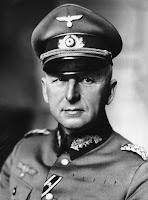 |
| Erich von Manstein |
Generaloberst Johannes Frießner, 23 September 1944 to 28 December 1944
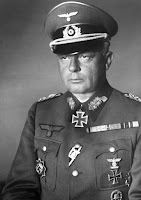 |
| Johannes Frießner |
General der Infanterie Otto Wöhler, 28 December 1944 to 6 April 1945
 |
| Otto Wöhler |
Generaloberst Lothar Rendulic, 7 April 1945 to 30 April 1945
 |
| Lothar Rendulic |
Armies
6th Army
17th Army
11th Army
3rd Army
4th Army
Army Group South, Photos
Army Group South, Doc
Southwestern Front
The Southwestern Front was a front of the Red Army during the Second World War, it was formed 3 times.
It was first created on June 22, 1941 from the Kiev Special Military District. The western boundary of the front in June 1941 was 865 km long, from the Pripyat River and the town of Wlodawa to the Prut River and the town of Lipkany at the border with Romania.
Active 1941 to
Commanders
Colonel General Mikhail P. Kirponos, June 1941 to September 1941
 |
| Mikhail P. Kirponos |
Marshal Semyon K. Timoshenko, September 1941 to December 1941
 |
| Semyon K. Timoshenko |
Lieutenant General Fyodor Kostenko, December 1941 to April 1942
 |
| Fyodor Kostenko |
Lieutenant General Nikolai F. Vatutin, October 1942 to March 1943
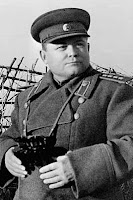 |
| Nikolai F. Vatutin |
Colonel General Rodion Ia. Malinovsky, March 1943 to October 1943
 |
| Rodion Ia. Malinovsky |
Armies
5th Army
6th Army
12th Army
26th Army
Front Assets
Southwestern Front, Photos
Southwestern Front, Doc
297th Infantry Division
The 297th Infantry Division (297. Infanterie-Division) was formed in March/April 1940 from newly trained Austrian personnel. Not identified in action prior to the Russian campaign where it operated in the southern sector from July 1941. Virtually destroyed at Stalingrad.
Commander
General der Artillerie Max Pfeffer, from 5 April 1940 to 1943
 |
| Max Pfeffer |
522 Infantry Regiment
523 Infantry Regiment
524 Infantry Regiment
297 Reconnaissance Battalion
297 Artillery Regiment
297 Pionier Battalion
297 Anti-Tank Battalion
297 Signal Battalion
Auxiliary unit number 297
Home Station Wein (Wkr. XVII)
297th Infantry Division, Photos
297th Infantry Division, Doc
295th Infantry Division
The 295th Infantry Division (295. Infanterie-Division) was formed in March/April 1940 from newly trained personnel. Not identified in action prior to the Russian campaign, where it was continuously engaged on the southern front from July 1941. Virtually destroyed at Stalingrad.
Commander
General der Artillerie Rolf Wuthmann, from 2 May 1942 to 16 November 1942
 |
| Rolf Wuthmann |
Generalmajor Dr. Otto Korfes, from 16 November 1942 to 1943
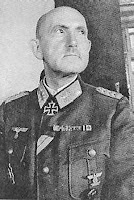 |
| Dr. Otto Korfes |
516 Infantry Regiment
517 Infantry Regiment
518 Infantry Regiment
295 Schnelle Battalion
295 Artillery Regiment
295 Pionier Battalion
295 Anti-Tank Battalion
295 Reconnaissance Battalion
295 Signal Battalion
Auxiliary unit number 295
Home Station (Wkr. XI)
295th Infantry Division, Photos
295th Infantry Division, Doc
113th Infantry Division
The 113th Infantry Division (113. Infanterie-Division) was formed in December 1940. Was in the Balkans on occupational duties during November and December 1941. Later transferred to the southern sector of the Russian front, where it was finally virtually destroyed at Stalingrad.
Commander
Generalleutnant Friedrich Zickwolff, from 4 June 1941 to 10 May 1942
Generalleutnant Hans-Heinrich Sixt von Arnim, from 10 May 1942 to 20 January 1943
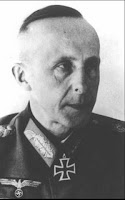 |
| Hans-Heinrich Sixt von Arnim |
260 Infantry Regiment
261 Infantry Regiment
268 Infantry Regiment
113 Bicycle Battalion
113 Artillery Regiment
113 Pionier Battalion
113 Anti-Tank Battalion
113 Signal Battalion
Auxiliary unit number 113
Home Station (Wkr. XIII)
113th Infantry Division, Photos
113th Infantry Division, Doc
94h Infantry Division
The 94h Infantry Division (94. Infanterie-Division) was a reserve division formed in September 1939. Personnel mainly Saxon or Sudeten German, with some previous military training. Took some part in the French campaign. Engaged in Russia in the southern sector, where it suffered heavy casualties on the withdrawal from Stalingrad.
Commander
General der Artillerie Georg Pfeiffer, from 21 August 1940 to 29 January 1943
 |
| Georg Pfeiffer, |
267 Infantry Regiment
274 Infantry Regiment
276 Infantry Regiment
194 Bicycle Battalion
194 Artillery Regiment
194 Pionier Battalion
194 Anti-Tank Battalion
194 Schnelle Battalion
194 Signal Battalion
Auxiliary unit number 194
Home Station (Wkr. IV)
23 August 1942
September
October
November
December
January
2 February 1943
94h Infantry Division, Photos
94h Infantry Division, Doc
100th Jäger Division

The 100th Jäger Division (100. leichte Infanterie-Division) was formed in December 1940. First identified in action during the summer of 1941 on the Southern Russian front. The 369th Reinforced Inf Regt (Croatian) was attached to it until late in 1942. The division was virtually destroyed at Stalingrad.
Commander
Generalleutnant Werner Sanne, from 10 October 1940 to 6 July 1942
 |
| Werner Sanne |
54 Jager Regiment
227 Jager Regiment
100 Reconnaissance Battalion
83 Artillery Regiment
100 Pionier Battalion
100 Anti-Tank Battalion
100 Signal Battalion
Auxiliary unit number 100
Home Station (Wkr. XVII)
On 10 October 1941, the 369th Croatian Reinforced Infantry Regiment linked up on the line of the Dnieper River with the 100th Light Infantry Division
23 August 1942
September
October
November
December
January
2 February 1943
Subscribe to:
Posts (Atom)
Vapnartak, York, Wargames Show 2023
York wargames show is an annual pilgrimage for us from the Grimsby Wargames Society its the first show of the year so it kinda gets the warg...

-
York wargames show is an annual pilgrimage for us from the Grimsby Wargames Society its the first show of the year so it kinda gets the warg...
-
Here is my guide for Painting French Indian War French uniforms using Vallejo acrylic colors. I have also done a painting guide for t...
-
I was extremely lucky to be able to buy this painted and based 10mm Imperial Roman army from a very good friend and fellow member of t...


